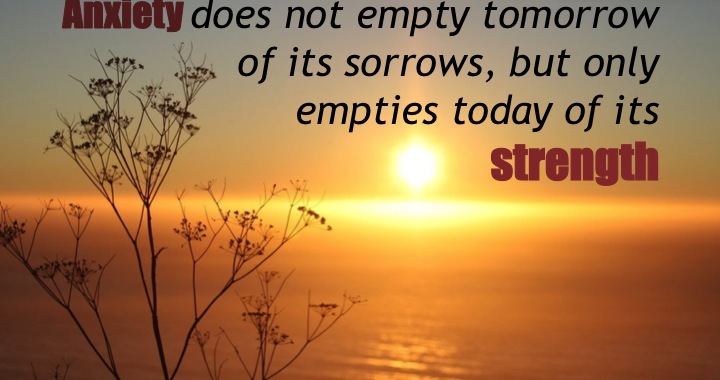One of the most often cited reasons for staff turnover in the youth sector is the lack of promotion opportunities. Whether it is leading teams or projects many youth workers want to move up the ladder. However we also have a relatively low entry point to becoming a youth worker with over 50% of the Australian youth sector having a Certificate IV or less. This lack of career progression options has been an issue within the sector for many years with the Australian Youth Affairs Coalition recently bringing it t the forefront again. It also forms the basis for one of the most frequently asked questions I get from students at university and TAFE… how do we get a decent job in the youth sector?
So with limited opportunities and a limited pool of highly qualified youth workers, what is a youth worker to do??? Plan their career!
Whether you are just starting your career or you are years into it, it is important to realise that no one other than you is looking out for your career progression. Most youth work organisations do not do succession planning or if they do it is mainly focussed on the top job. So if you thought that your manager was getting you ready for or had a focus on developing you for your next role, the chances are you are wrong. There are a few managers and organisations who take very seriously the idea of staff development and succession planning. However for the most part you are on your own.
[Tweet “Whether you are just starting your career or you are years into it, you need to think about career progression.”]
If there are limited opportunities for you to progress upwards in your organisation (usually because you are in a small or medium sized organisation) then you may need to think laterally. What other organisations do work you want to be involved in? What requirements do they have for staff? What qualifications do they want you to have? Is there specific knowledge or experience you need for the roles? In our experience you will need depth of knowledge about young people and a breadth of experience if you are to stand out for the roles you want.
If you imagine a Certificate IV as the minimum standard and a PhD as the maximum depth that your qualifications can have, look at the depth of your qualifications. More depth provides you more opportunity to get promoted. The other axis to look into is breadth. If all you have focused on is youth work you may have great depth (which is fantastic for an academic) but you will have no breadth. Now if you choose to gain some qualifications in the peripheries then you begin to gain some breadth. Drug and Alcohol, Mental Health, Management, Business, Family Therapy, Education; all of these periphery qualifications and more can give you more options for your career.
Depth and breadth of your qualifications are only one part of your career development plan. It gives you options. To begin the process though you have to have an area in mind that you want to end up in. At the beginning of my career I knew that I wanted to be the best at working with young people who were at the crisis end of the spectrum. That meant I had to Gain qualifications in these areas. I gained qualifications in Youth Work, AOD and Dual Diagnosis. Qualifications gave me some options. If you don’t have much depth or breadth November is always a great time to check out some options for building your qualifications.












